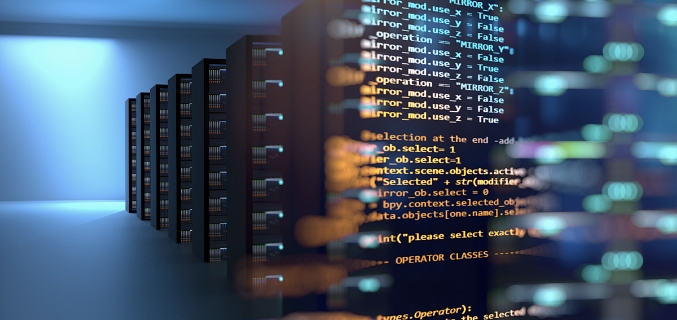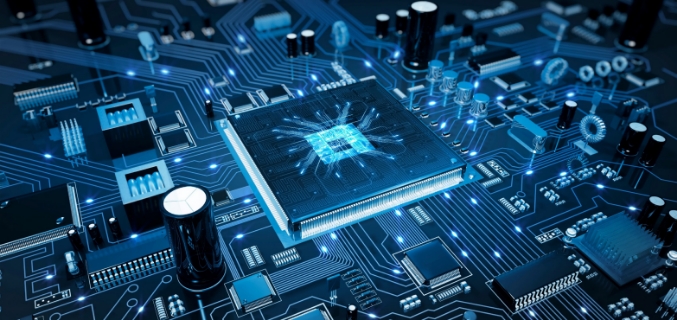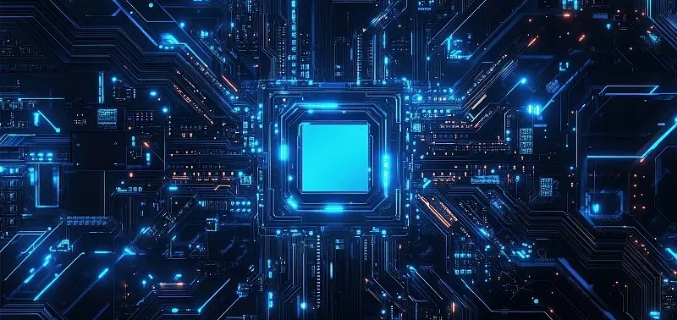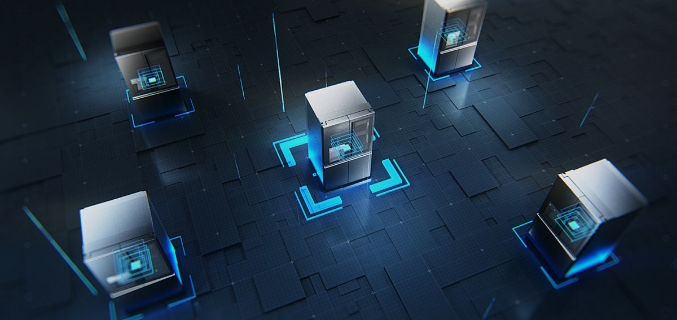
-
2025-07-28
High-Density Storage Solutions for Data-Centric Era
Core Technical Advantages3D NAND Flash Memory—an advanced non-volatile storage technology that stacks memory cells vertically (instead of horizontally like traditional 2D NAND)—has redefined the storage industry by overcoming the physical limits of …

-
2025-07-28
Double Data Rate 5 Synchronous Dynamic Random Access Memory
Core Technical AdvantagesDDR5 SDRAM (Double Data Rate 5 Synchronous Dynamic Random Access Memory)—the fifth generation of DDR memory technology—redefines system performance by addressing the bandwidth and power demands of modern computing workloads …

-
2025-07-28
novate power conversion technology
Core Technical AdvantagesGaN-Based Power Management ICs (PMICs)—integrated circuits that combine gallium nitride (GaN) power transistors with control logic, drivers, and protection circuits—revolutionize power conversion by overcoming the limitation…

-
2025-07-28
The core support for wireless connectivity.
Core Technical AdvantagesRF Front-End Modules (RF FEMs)—integrated assemblies that combine key 射频 components (power amplifiers, PAs; low-noise amplifiers, LNAs; switches, filters, and antennas) into a single compact package—are the backbone of 5G/…

-
2025-07-28
Bridging Analog Signals and Digital Systems for Critical Applications
Core Technical AdvantagesHigh-precision data conversion chips—including Analog-to-Digital Converters (ADCs) and Digital-to-Analog Converters (DACs) with resolution ≥16 bits and low noise performance—serve as the critical interface between the physi…

-
2025-07-28
Enabling Edge Intelligence for IoT and Embedded Systems
Core Technical AdvantagesHigh-performance MCUs (Microcontroller Units) with integrated AI accelerators—compact, low-power computing devices that combine a general-purpose CPU core (e.g., Arm Cortex-M7/M85), memory (RAM/Flash), peripherals (ADC, UART,…
